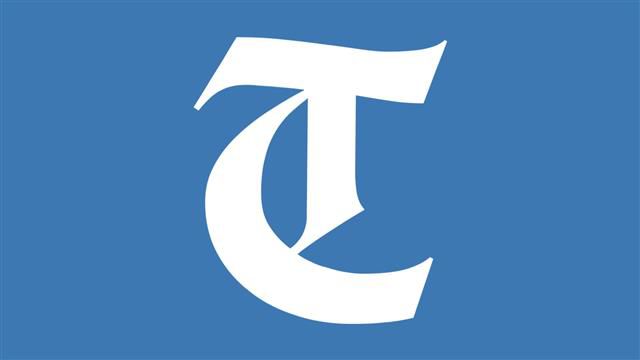Punjab among top states exercising fiscal prudence
Ruchika M Khanna
Chandigarh, June 30
Punjab is among the top states to exercise fiscal prudence and not deviate from the budgeted fiscal deficit for 2023-24, according to the just-released report on state finances by the Economics Research Department of Bank of Baroda.
The report, which analyses accounts of 25 states, a copy of which is with The Tribune, also highlights how Punjab’s own tax revenue was much above 16 other states. An average 61 per cent of revenue coming to the state’s kitty was from the internal taxes imposed by the state government. As much as 23 per cent of own tax revenue was being generated through imposition of Sales Tax and excise duties.
Major share from internal taxes
- The report highlights how Punjab’s own tax revenue was much above 16 other states in the last fiscal
- Nearly 61 per cent of revenue coming to the state’s kitty was from internal taxes imposed by the state government
- A total of 23 per cent of own tax revenue was being generated through imposition of Sales Tax and excise duties
Finance Minister Harpal Cheema told The Tribune that the hands of the state were tied, mainly because of lack of support from the Centre, which has been cutting down on funds it owes to the state. “But in spite of this, we have neither deviated from the budget targets, nor have we defaulted on our committed liabilities. In whatever fiscal space, we have unleashed major development initiatives, especially in health and education,” he said.
However, this report brings to the fore the low spending on capital expenditure, with Punjab achieving just 46.8 per cent of the target of Rs 10,305 crore. This is the lowest spending on the building of assets in the country, though this could stem from the “cautious spending” by the state, in its bid to remain fiscally prudent. Punjab spent Rs 4,821 crore as capex, which is below the national average of 84 per cent spending on capital assets.
The neighbouring Haryana spent 68.2 per cent of its targeted capital expenditure at Rs 14,964 crore, higher by Rs 10,143 crore than what Punjab spent. “This low expenditure on building new assets could also be indicative of below potential mobilisation of resources and very high debt burden and revenue deficit,” said economist Ranjit Singh Ghuman.
Another worrying aspect for Punjab economy, according to the report, is the lower absorption capacity of investment, both in private and public sectors. This may be because of the in-built constraints such as its location along the International Border with Pakistan and tax concessions given to its neighbouring states of Himachal Pradesh and Jammu and Kashmir, as much as because of the rise in social friction in the state. The lower per capita Goods and Services Tax payments (Rs 6,522 , as against national average of Rs 7,022) is also indicative of lower consumption level in the state.
Meanwhile, Punjab is bracing for presenting its case before the 16th Finance Commission. The Aam Aadmi Party government is seeking suggestions from economists before the commission’s scheduled visit to the state on July 22-23.









